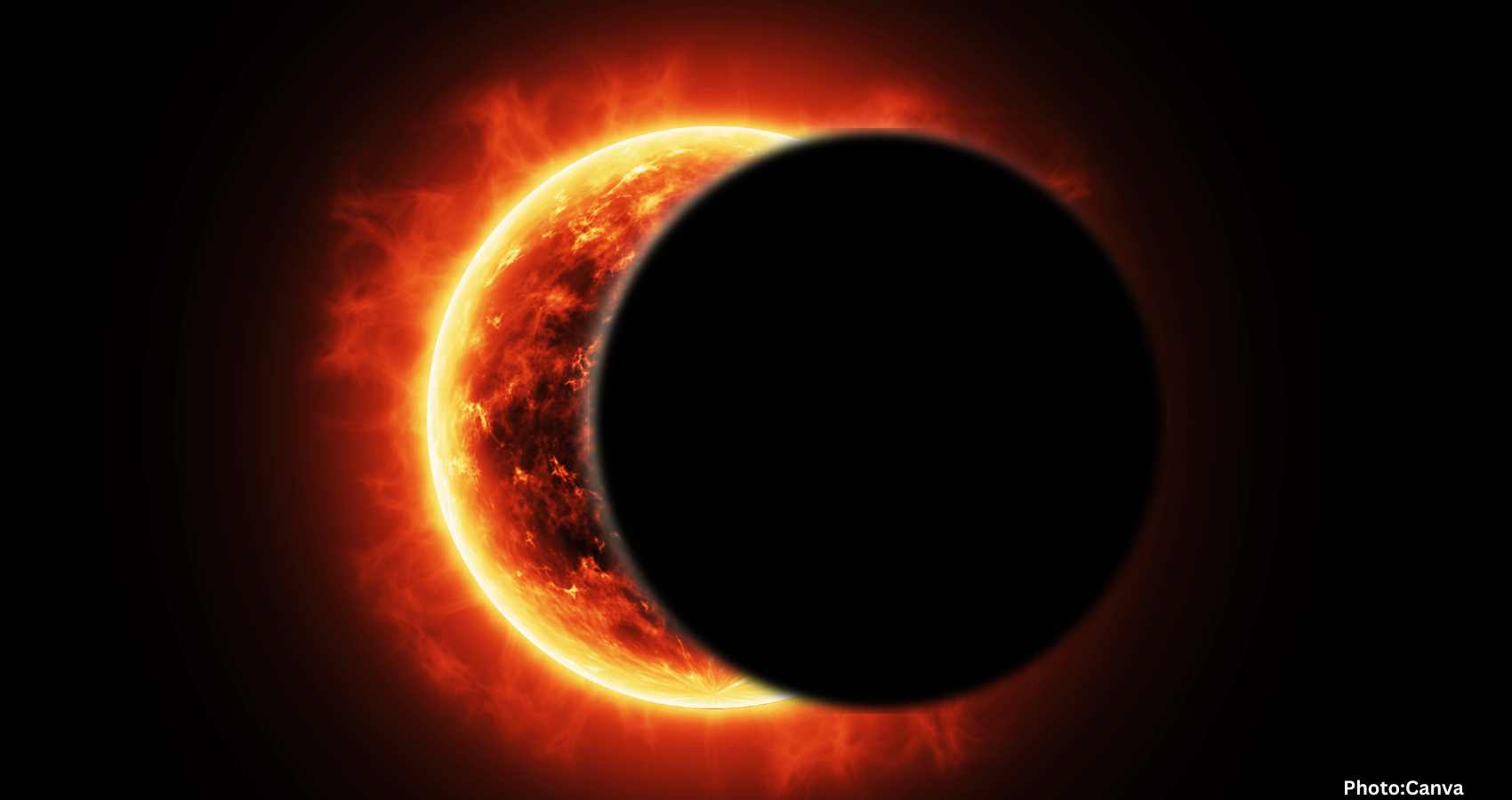On August 2, 2027, parts of southern Europe, North Africa, and the Middle East will experience up to six minutes and 23 seconds of darkness during the longest solar eclipse visible from land in this century.
The total solar eclipse occurring on this date is being hailed as the “eclipse of the century,” offering a celestial event of significant duration and visibility, according to Space.com. The Moon’s passage directly in front of the Sun will cast a shadow over parts of southern Europe, North Africa, and the Middle East, creating a unique spectacle for millions of people.
Contrary to rumors circulating on social media, this event is not scheduled for 2025. No solar eclipse, total or partial, will occur on August 2 of that year. Multiple observatories, including NASA, have debunked claims of a “six-minute global blackout” in 2025, labeling them misinformation. As Space.com emphasizes, the next occurrence of such a significant eclipse will indeed happen on August 2, 2027.
This extended eclipse duration is attributed to the Moon being at its closest point to Earth, or perigee, while the Earth will be at its farthest point from the Sun, known as aphelion. This alignment increases the apparent sizes of both celestial bodies, allowing the Moon to cover the Sun entirely for a longer time. Additionally, the path crosses the equator, where the Moon’s shadow traverses more slowly, further extending the eclipse’s duration.
The path of totality will pass over parts of eleven countries, providing complete coverage in Southern Spain (including Cádiz and Tarifa), Gibraltar, Morocco, Algeria, Tunisia, Libya, Egypt, Sudan, Saudi Arabia, Yemen, Oman, and Somalia. Luxor, Egypt, will enjoy the longest period of darkness at six minutes and 23 seconds. Meanwhile, many other regions, including most of Europe, North Africa, and western Asia, will witness a partial eclipse.
In India, only a partial eclipse will be visible, affecting the western and northwestern states such as Rajasthan, Gujarat, Maharashtra, and Goa. Here, the Sun will be partially obscured by 10 to 30 percent. The event will occur between 4 PM and 6 PM IST, though visibility may be limited in coastal cities like Mumbai and Goa due to sunset.
For scientific communities, the length of this solar eclipse offers a rare opportunity. The extended time in totality will allow for detailed observation of the solar corona, tracking of solar flares and coronal mass ejections, and the use of spectroscopy to study the Sun’s outer layers. Researchers will also monitor temperature shifts, magnetic fields, and atmospheric changes on Earth, aiding in the calibration of instruments for future space missions like NASA’s Parker Solar Probe and ESA’s Solar Orbiter.
Safety is paramount during such events, especially in India, where looking at the Sun without proper eye protection is never safe during a partial eclipse. The Indian Space Research Organisation (ISRO) recommends using ISO-certified eclipse glasses, as regular sunglasses, phone cameras, or telescopes without certified solar filters do not provide adequate protection.
During full totalities, glasses can be removed briefly when the Sun is entirely obscured but must be worn again as daylight reappears. In India, solar eclipses hold cultural significance and are intertwined with Hindu mythologies involving the shadowy planets Rahu and Ketu. Temples may close during eclipses, and people often partake in fasting or river bathing rituals. However, increasing scientific outreach has helped transform eclipses from omens to be feared into astronomical phenomena deserving of safe observation.
In essence, a solar eclipse is an astronomical anomaly, where the Moon and the Sun appear the same size from Earth due to precise cosmic geometry. People positioned in the path of totality will witness daytime darkness. For the rest of the planet, life continues, but for those in the eclipse’s path, it’s a rare opportunity to experience one of nature’s profound spectacles.

